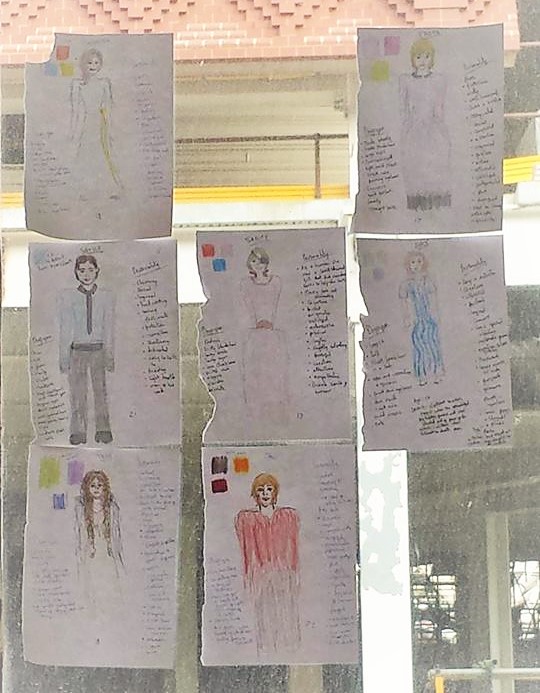Beauty and the Beast is flawless in my opinion, and one of the main things that immediately sets it apart from the rest is that it immediately focuses on the “bad guy’s” history. Knowing how the bad guy went bad or seeing their vulnerability is something we don’t usually find out/see until the end of a story e.g. Darth Vader from Star Wars, Mr Darcy from Pride and Prejudice, Professor Snape from Harry Potter. In the genre of Disney especially, bad guys hardly ever get this chance at redemption, e.g. Jafar from Aladdin, the evil stepmother from Cinderella, Ursula from The little mermaid etc.
This is interesting, firstly because it allows you more insight into the story than the heroine, even though we’re following her point of view. This allows the audience to understand a complex level of the story that wouldn’t have been obvious before.
Secondly, it blurs the lines of the villain; we see what’s driven beast to his actions and although they are wrong, we can understand them. This is something Belle doesn’t know and yet she is still willing to hope for the Beast when he shows a singular, rare act of heroism.
Most people could say that this is a love story from the point of view of Belle, however this quote from the beginning of the movie tells me otherwise:
“As the years passed he fell into despair, and lost all hope. For who could ever learn to love a beast?”
This heart-wrenching suggestion makes the love story so much more than just that; we may start to root for the villain. We eventually want the Beast to find love, we want him to feel worthy of it, and we learn that he acts horrendously because he doesn’t think he is good enough. At least, it’s a front to overcompensate for his unloved existence. That’s the significance of this line- to let us know that Beast is partly a victim.
It also makes the lines between hero and villain much blurrier when we highlight the similarities between Beast and Gaston, as both are originally narcissistic men.
What first separates them is a mirrored version of the poignant question asked at the beginning: How can a beast learn to love when he does not recognise he is a beast?
The lesson here is that both men value appearances above all else and even when the Beast is made into a beast, he still does not realize the point- he bases his own self worth on his appearance and inevitably falls into despair. It takes someone with a different perspective and a show of good will to make him see otherwise.
However this is when the differences between the villains really begin to show; let’s look at the parallels between Beast and Gaston:
Beast becomes powerless when his looks are taken away.
Gaston ranks himself above everyone else based on his good looks.
Beast punishes easily when his ego is damaged, but shows mercy when Belle is upset.
Gaston feels like the world owes him something for his good looks, but when Belle rejects him he plots against her and laughs in her face when she is distraught.
Beast cares about how Belle perceives him.
Gaston cares about how Belle affects his image.
Beast shows mercy to Gaston, and pulls him to safety at the end.
Gaston finds Beast’s act of kindness weak, and stabs him in the back.
Beast is saved by acts of love.
Gaston is destroyed by acts of hatred.
This is why Beast is my favourite bad guy, and Beauty and the Beast is one of my favourite love stories.
Love is complicated and people are complicated, until something happens that makes it seem simple. People act badly when they feel low about themselves and others can end up loathing them. However, don’t ignore that glimpse of guilt, mercy or compassion that they discreetly display. It may surprise you to learn that they care more about you than you think. One day they may start to find the courage to be vulnerable with you, and commit an act of selflessness. When this happens you’ll realize that you’d read them wrong all along.
Love sometimes comes from unexpected places, but beauty always originates from within.






